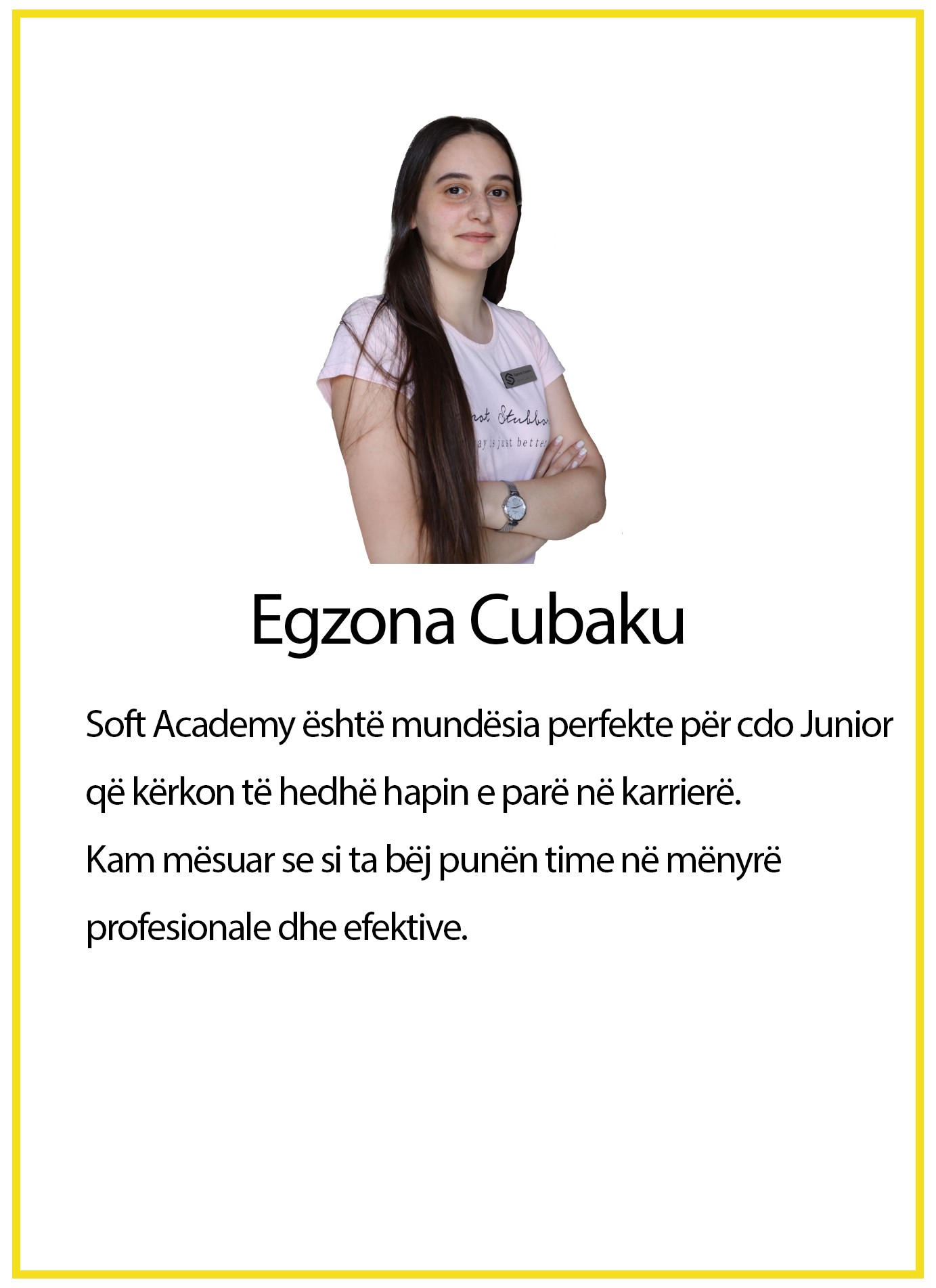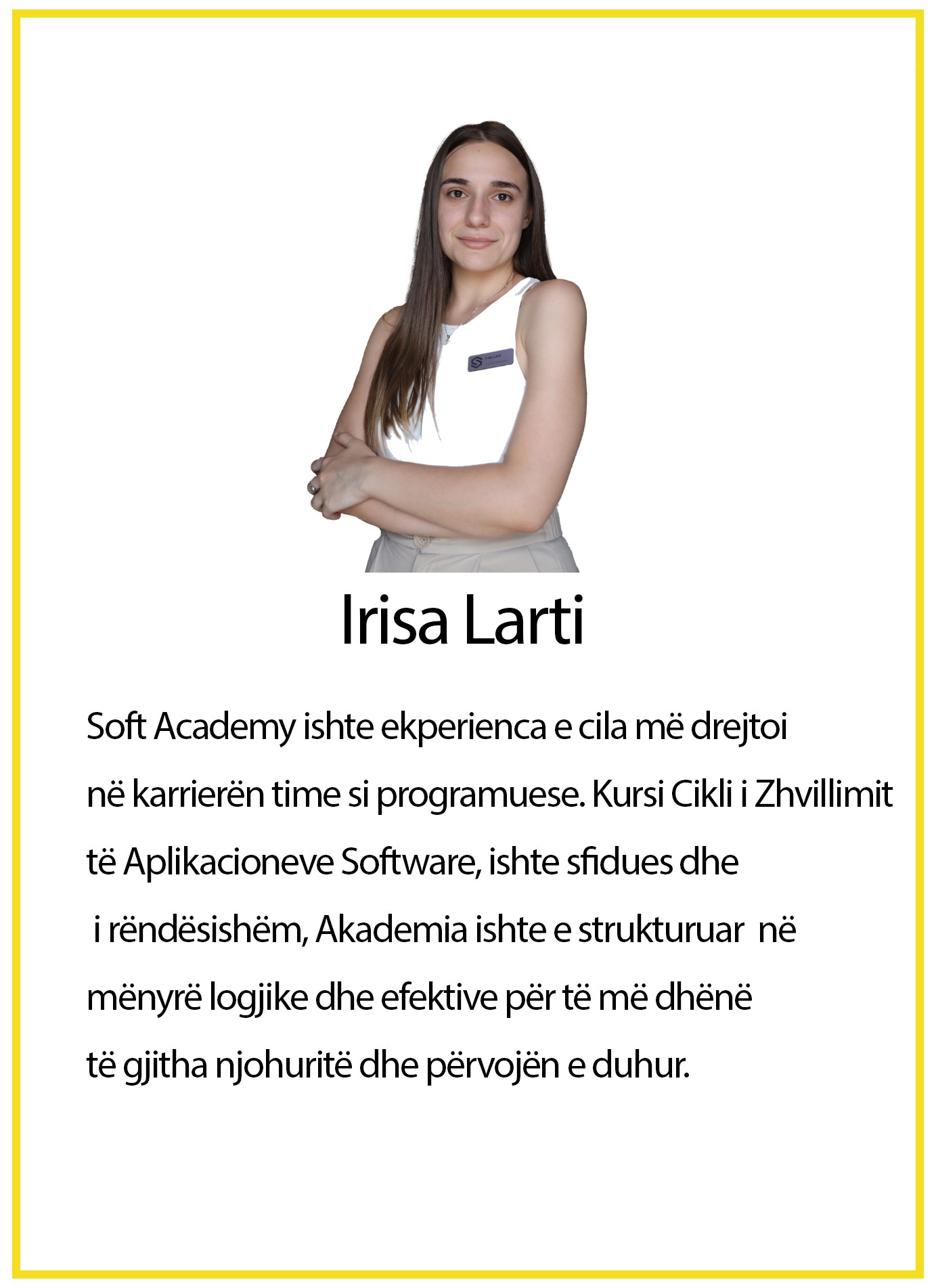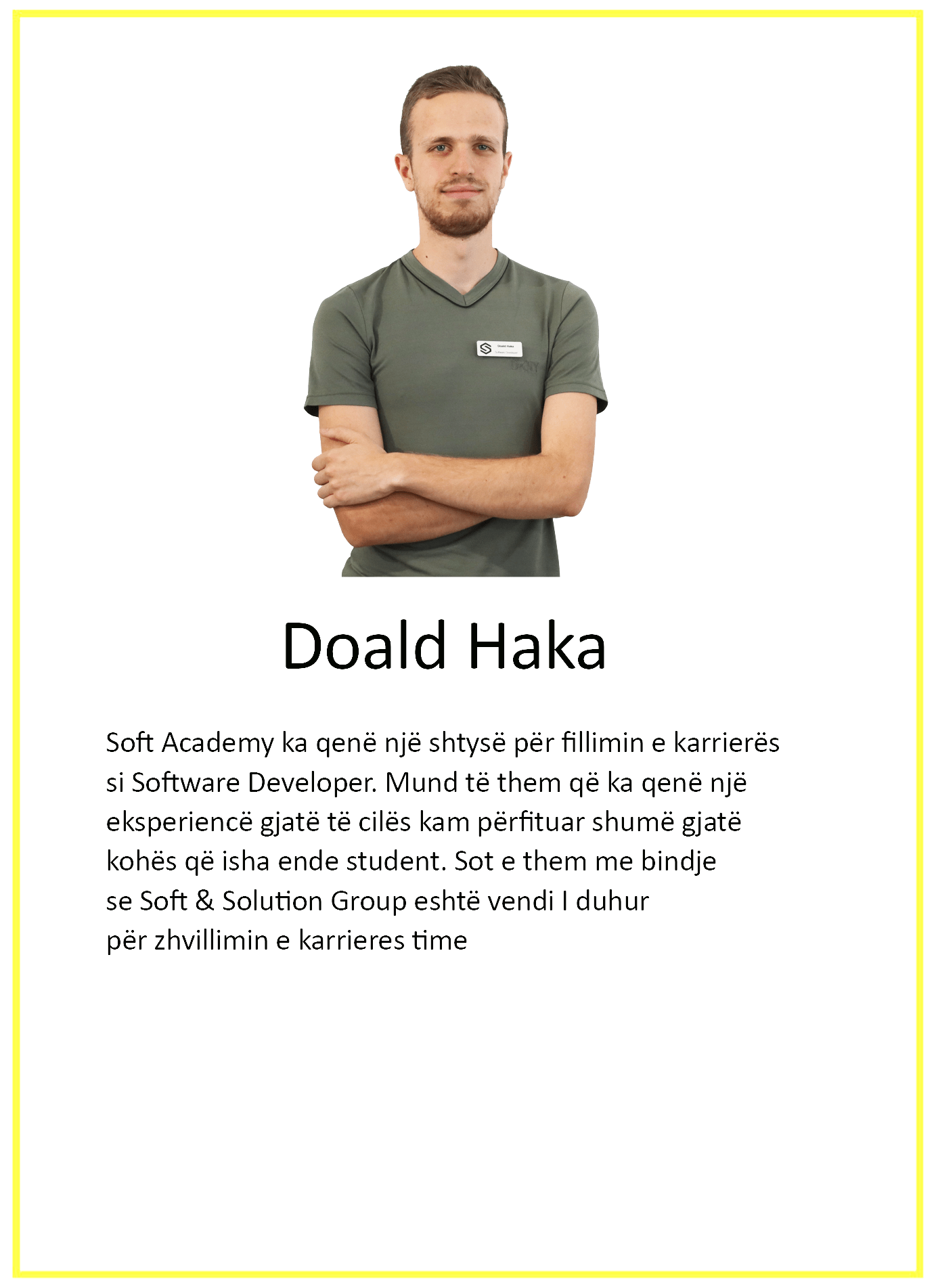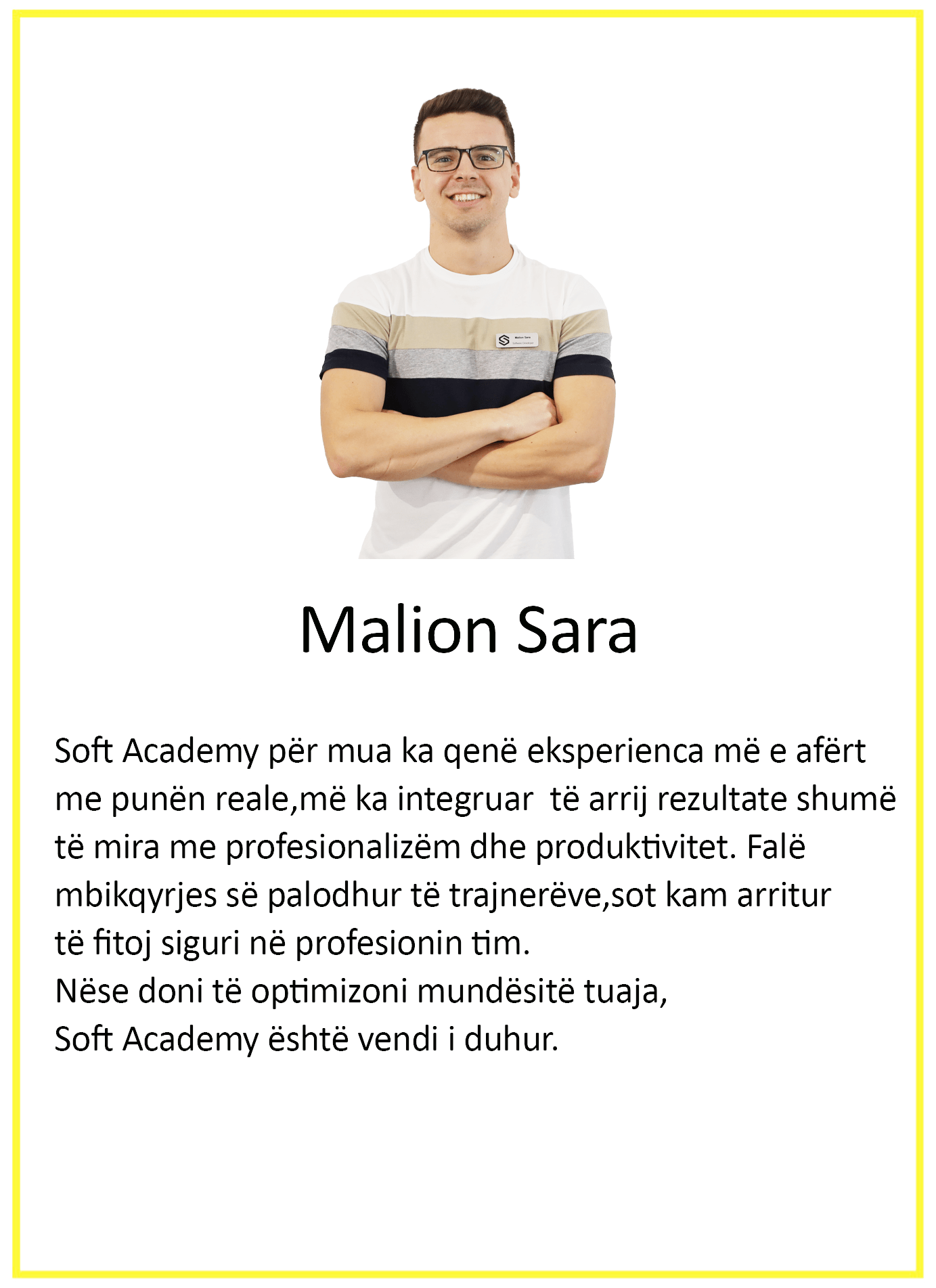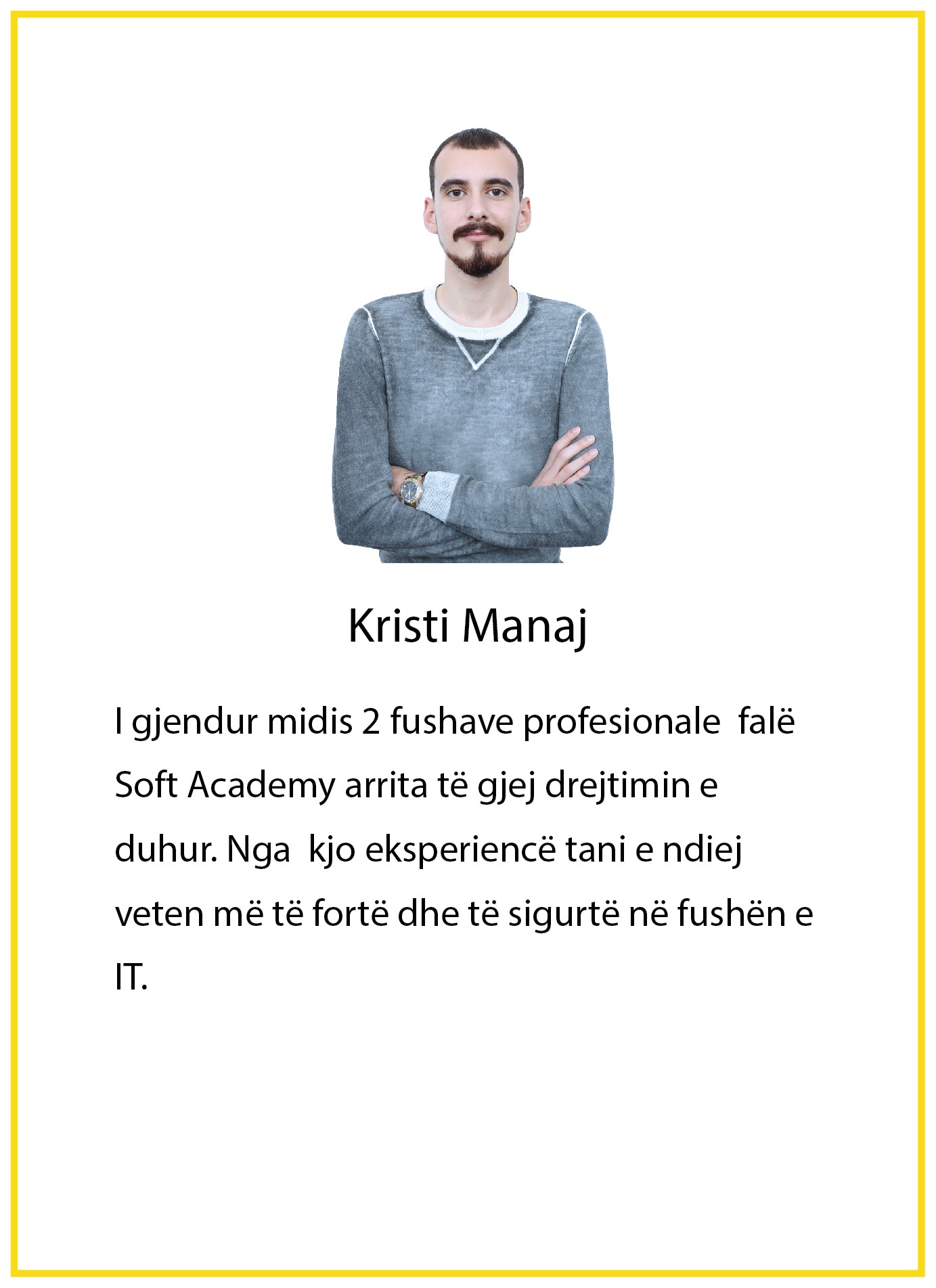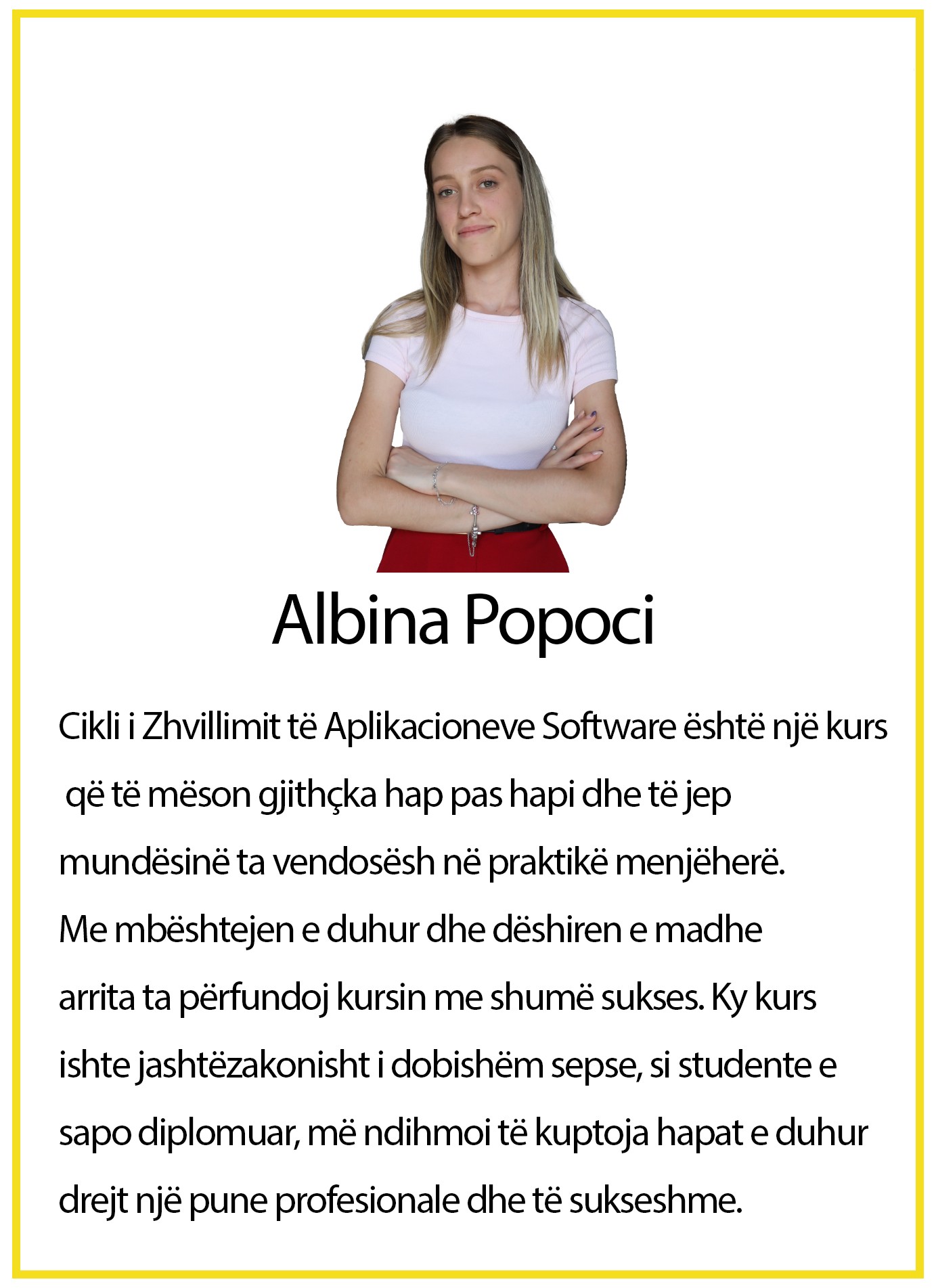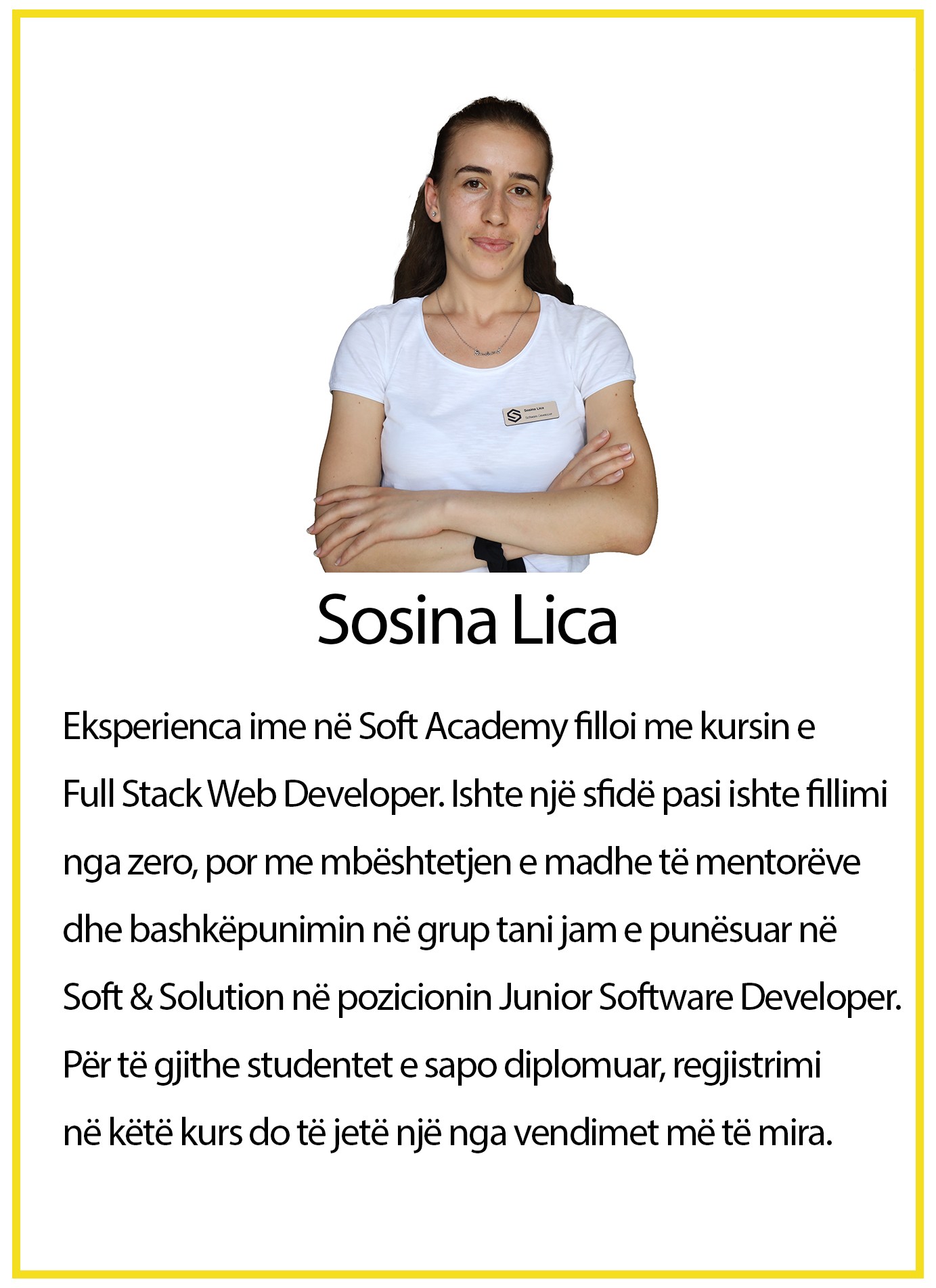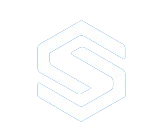Course 2: Full stack web developer
This training is the ideal recipe for students who have little or no knowledge of the technologies used to develop dynamic web pages.
If you are looking for a really effective course, which prepares you to build professional web sites for which customers will be willing to pay, this is the right course for you.
- Module 1
- Module 2
- Module 3
- Module 4
- Module 5
- Module 6
Module 1: SCRUM
Agile methodology includes a set of software development methods that focus on adaptive thinking, teamwork, collaboration and interoperability. One of its core values is the ability to adapt and respond to changes on a continuous basis to better achieve project goals. Agile emphasizes the human side of working on a project, which is fundamentally more adaptive. It encourages groups of smaller teams to treat a problem as a set of objectives from which tasks can be derived. In a general sense, agile software tries to handle a project in a more practical way, without imposing unnecessary constraints on creativity.
At the end of this module, participants will:
– Assess how “technical debt” affects many software projects which
are developed according to predictive and “waterfall” methodologies.
– Understand how Agile software development methods help
overcome these challenges.
– Examine the guiding values and principles that guide all methods
Agile and define how these principles are applied in the SCRUM method.
Learn to apply multiple iterations in order to gain a deeper understanding of the emphasis placed by agile methodology on a teamwork culture. This will allow participants to reflect on how this culture can lead to rapid learning, improving work and providing
value.
Module 2: HTML and CSS
This module will serve to learn how to code in Html and CSS to build web pages.
Participants will learn to build responsive web pages that display optimally in any
smart devices including mobile devices.
At the end of this module, participants will:
– Learn to recognize and code the basic structure of a web page;
– Learn to develop basic structural elements such as lists, tables, divs, and any HTML semantic container;
– Learn to style elements using CSS;
– Learn CSS selectors;
– Understand the characteristics of CSS box;
– Learn to use HTML images and videos;
– Learn to implement responsive design;
Module 3: JavaScript
JavaScript is a language that runs in the client’s web browser. A web page without JavaScript is unimaginable nowadays.
At the end of this module, participants will:
– Understand the JavaScript language and the Document Object Model;
– Learn to program without the need to interact with the server;
– Learn to change, show, hide and move objects on web pages using JavaScript;
– Learn to respond to user events on the client-side;
Module 4: PHP and MySQL
PHP & MySQL create the dynamic power of web pages by allowing the creation of web pages that interact with customers, collect and display information from a database, send emails, and more.
At the end of this module, participants will:
– Learn how to use PHP to build web pages, turning static HTML into a two-way, interactive user experience.
– Learn the basics of PHP and MySQL: handling form submissions, interacting with databases, etc.
– Gain knowledge about how PHP works, including working with forms, sessions, error handling, etc.
– Learn the basics of MySQL, using SQL to retrieve, add, update, delete and query records.
Module 5: WordPress
If you know how to code a website, you can use WordPress as a content management system
of the site (CMS) making the updating process easier for you and your customers.
At the end of this module, participants will:
– Learn how a CMS will increase efficiency; making it easier to maintain, update and add special functionalities.
– Learn to make a custom WordPress installation and edit existing themes.
– Develop custom themes and install plugins.
Moduli 6: Web Server Administration and Search Engines
Websites are not installed like traditional software, they are hosted on a web server and can be accessed via the WWW. Although web server packages are easy to use for development purposes, more attention should be paid to web server hardware, software, and software in a live environment. In this module we will cover practical tools, scripts, configurations and processes to get your website up and running.
At the end of this module, participants will:
– Are able to configure a web server for the purpose of hosting web pages;
– Learn to manage the web server using command-line in linux;
– Learn to increase the security of web pages by guaranteeing a normal operation;
TESTIMONIALS
